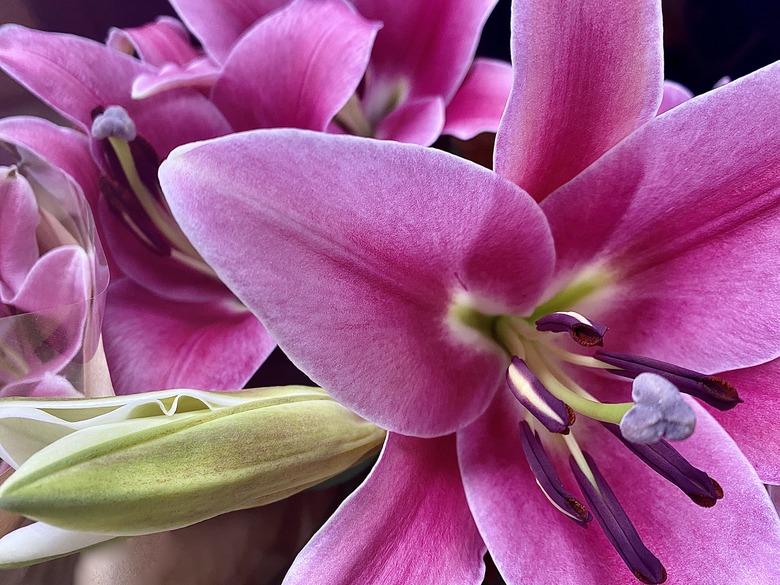When And How To Separate And Transplant Lilies
Lilies are lovely, and that's the long and short of it. Their trumpet-shaped flowers manage to look romantic, showy, and elegant at the same time. It's hard to believe these stunning (and sometimes exquisitely fragranced) flowers grow from bulbs, but they do.
You plant the bulbs in autumn, and lilies appear in spring. As an extra, lily bulbs multiply every year under the soil. From time to time, you'll need to divide and transplant the bulbs, and that means more lilies.
Meet the Lily
Though many pretty flowers bear the title "lily," true lilies are bulb plants in the genus Lilium. The most popular species include Asiatic lilies that bloom in early summer but without fragrance and Oriental lilies that appear quite a bit later but have that fabulous lily scent. Generally, lilies are hardy in U.S. Department of Agriculture plant hardiness zones 4 through 9.
The different varieties of lily plants have stems of different lengths. For example, the Oriental lily stem can grow to 4 feet, while the Asiatic lily is about half that high. Each flower has six petals (technically tepals) and long, thin, lance-shaped leaves. The flowers come in a range of hues, including white, pink, red, gold, and orange.
Divide Your Lilies
Many bulb plants require division after they have produced flowers for two or three years. That's because they grow little baby bulbs next to the original bulb. These are termed offsets, and they eventually grow into regular-size bulbs, causing overcrowding. The plants will let you know when the moment has come because the amount of blossoms produced goes down, and the stems appear thin. Plan on dividing the bulbs every three years or so.
Though the lilies will signal their need for division in spring, it's best to wait to divide them until fall after the flowers fade and leaves wilt. To accomplish this, carefully dig up a clump of lily bulbs in autumn with a garden fork. You'll find the bulbs directly below the main bulb. Separate the bulbs from one another. The offsets are attached to the parent bulbs at the base, but they are easy enough to snap apart.
Transplant Your Lily Bulbs
Once you have raised the clump and separated the bulbs, transplant as soon as possible. Pick a spot before you start dividing the bulbs. You can replant them where they were but with more elbow room, or you can create a new lily bed in another sunny area. Lilies do best in direct sun and require excellent drainage. Loose, enriched soil is best.
Each bulb should be planted at a depth of three times the height of the bulb. For example, if the bulb is 2 inches long, plant it 6 inches deep with the pointy side up. Dig a hole and then press in the bulb fat side down. Gently pat the soil over it. Push the soil over the bulb and gently pat it down.
